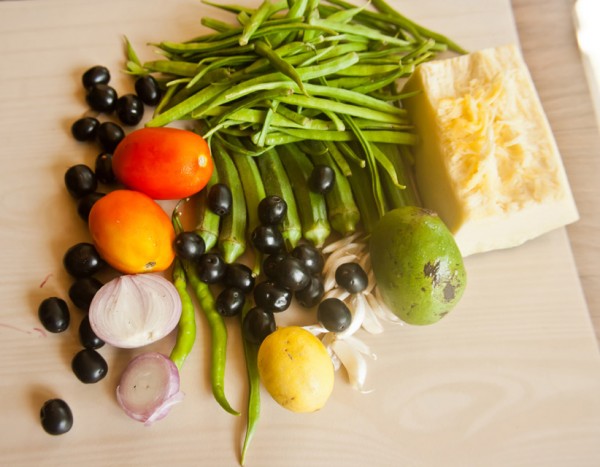Zero waste: German supermarket sells only salvaged food
02/09/2017 / By Lance D Johnson

A new kind of supermarket opened in Cologne Germany this year. The supermarket, The Good Food, is different because they only sell salvaged food that would have been thrown away or left to rot. There are now three stores like this one in the European Union. The Good Food is unique because shoppers get to choose how much they pay for the products. There are no fixed prices.
A new way to shop for groceries
Owner Nicole Klaski goes out ambitiously into the fields after the crops have been harvested. She gathers a variety of vegetables that have been left behind, deemed misshapen or declared too ugly to sell. She brings back different kinds of organic produce and sells it for a fraction of the cost. Klaski also offers out-of-date, overstocked non-perishable products that manufacturers and stores would typically throw away. She puts these products on shelves labeled “past the date but delicious.”
Producers and distributors gladly give her crates of products they can’t sell. Customers are urged to test the out-of-date products by observing their color and smell. “The expiry dates on products are only a suggestion for the consumer,” Klaski said, speaking with DW. “Most of the products last much longer.” She’s also aware that problems may arise with outdated food. “Of course, if something happens we will have to take the responsibility,” she said. “But we are even willing to do that; it is worth trying.”
The store isn’t solely interested in making a profit. The Good Food focuses on raising awareness on the issues of food waste and over-consumption. All the furniture in the store is recycled and reused, too. The hope is to encourage more people to practice sustainable living.
(RELATED: For more information on sustainable living, visit homesteading.news)
Combating food waste to reach the most disadvantaged
It is estimated that 1.1 billion people live on less than one dollar a day. This directly impacts what they can afford to eat. For instance, the poorest families in Guatemala often live in one room huts and struggle to put beans and rice on their dinner table each night. These ambitious, caring people are often forced to decide whether to send their kids to school or to feed their families.
The richest countries, on the other hand, throw away millions of tons of fresh food each year because that food doesn’t look desirable or meet consumer preferences. Tons of good food is left in fields to rot because it doesn’t fit industry standards. It might be “misshapen,” bruised, too big, or too small. Right now 1.3 billion tons of food is wasted around the world each year. The Food and Agriculture Organization of the United Nations (FAO) estimates that 900 million hungry people could be taken care of if the food system could prevent just twenty five percent of the current food waste.
Thankfully, entire countries and businesses are beginning to tackle the problem of food waste, to help change consumers’ perspective on their consumption habits. The problem of food waste is pervasive, but it’s great to see people like Nicole Klaski taking a stand and doing something about it. Her supermarket, The Good Food, is a true act of thanksgiving and appreciation.
Sources include:
Tagged Under: food waste, sufficiency




















